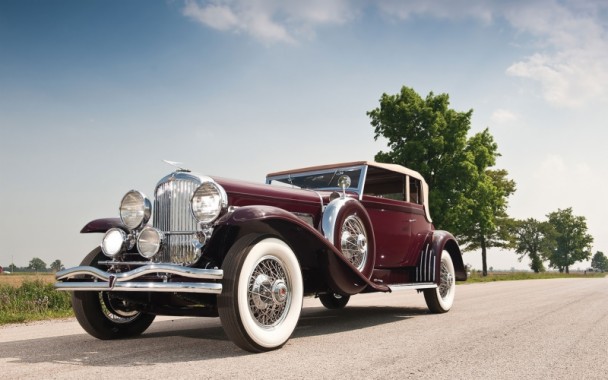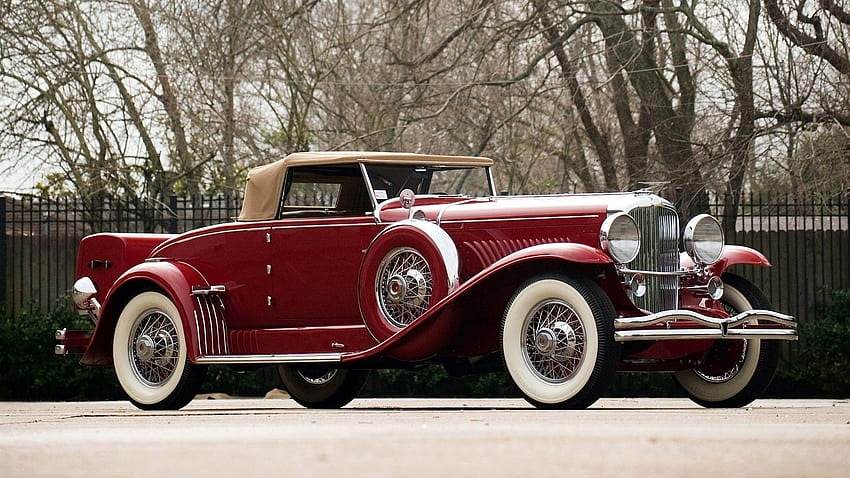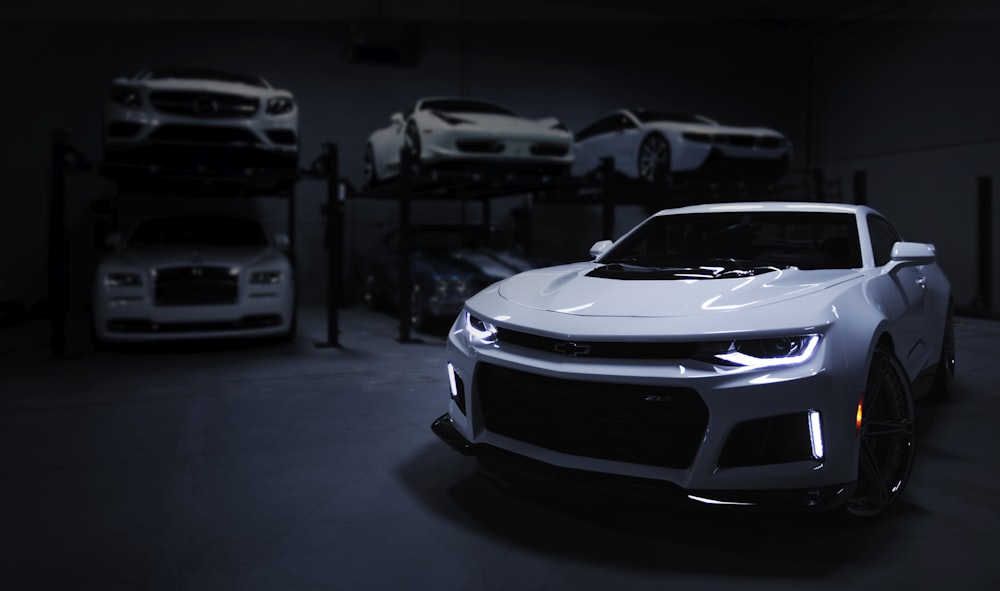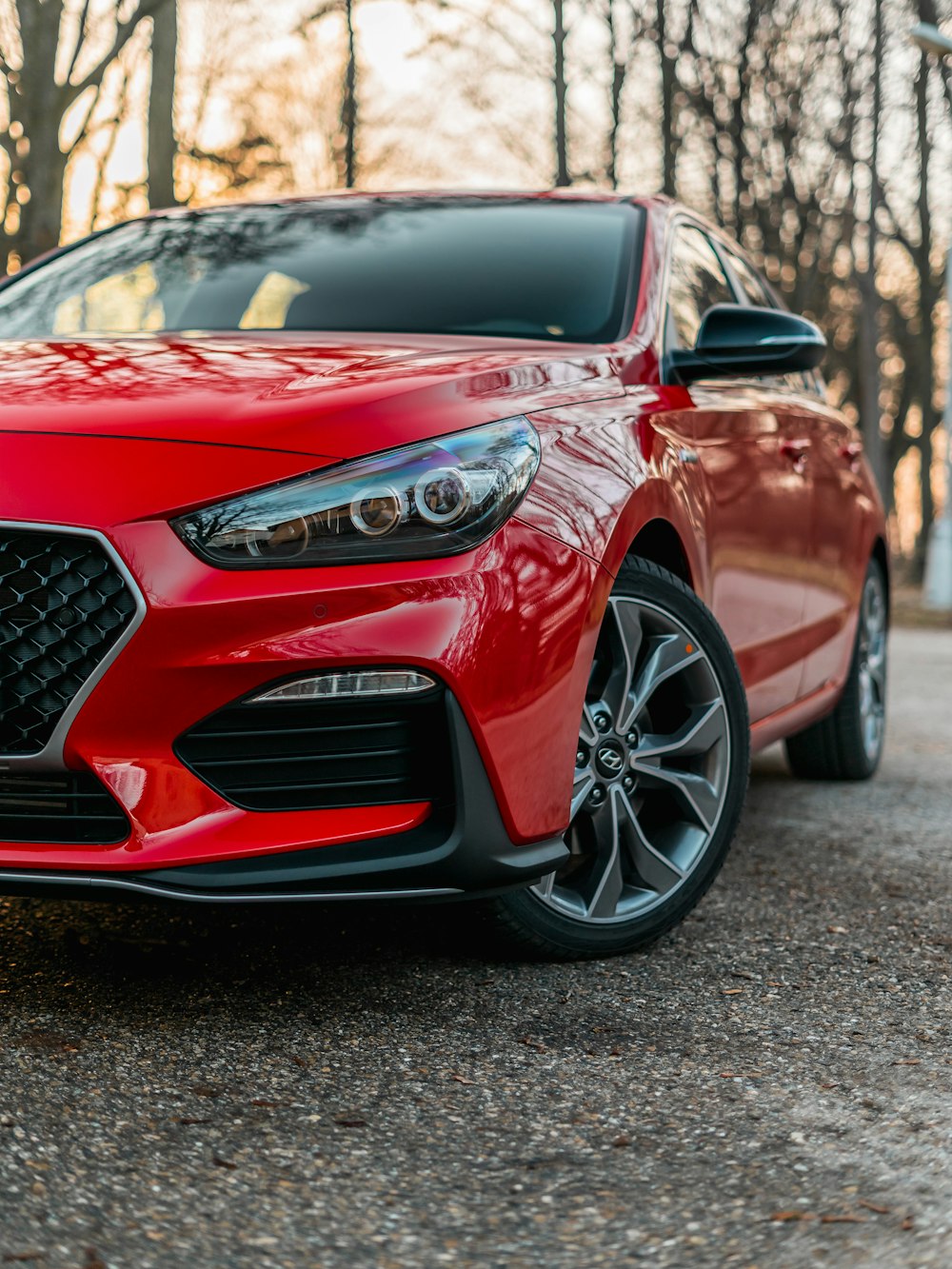The Vintage Car Chronicles
Vintage cars are timeless treasures that capture the essence of automotive history, craftsmanship, and design. Often defined as vehicles manufactured between the 1910s and 1970s, these classics showcase the evolution of engineering — from hand-cranked engines and chrome-plated grills to elegant curves and leather interiors.
Each vintage car tells a story of a bygone era, reflecting the style, technology, and cultural spirit of its time.
Collecting and restoring vintage cars has become a passionate pursuit for enthusiasts around the world. These vehicles are more than just transportation — they are rolling works of art and engineering milestones.
Whether displayed at a concours d’elegance, driven in rallies, or preserved in private collections, vintage cars offer a nostalgic link to the past and continue to inspire appreciation for automotive heritage.
The Golden Era of American Muscle Cars
Published on May 15, 2023 by James Wilson
The 1960s and early 1970s marked the golden age of American muscle cars, a period when automakers stuffed large-displacement V8 engines into mid-size cars, creating some of the most iconic vehicles in automotive history. Cars like the Pontiac GTO, Dodge Charger, and Plymouth Road Runner became legends on both the street and the racetrack.
What made these cars special wasn't just their power, but their affordability. For the first time, young buyers could own cars that could compete with European sports cars at a fraction of the price. The muscle car era peaked in 1970, just before emissions regulations and insurance concerns began to tame these beasts.

Preserving Automotive History: Restoration Tips
Published on April 28, 2023 by Sarah Johnson
Restoring a vintage car is both an art and a science. Whether you're working on a rare classic or a more common model, proper restoration preserves automotive history for future generations. The first step is always research - understanding exactly how your car left the factory is crucial for an authentic restoration.
When sourcing parts, prioritize original equipment manufacturer (OEM) parts whenever possible. For bodywork, resist the temptation to cut corners - proper metalwork takes time but pays off in the long run. Remember that some patina can be valuable; not every classic needs to be showroom perfect.

European Classics: Timeless Design
Published on March 10, 2023 by Michael Brown
While American cars of the 1950s-70s emphasized power and size, European manufacturers focused on handling, efficiency, and timeless design. Cars like the Mercedes-Benz 300SL "Gullwing," Ferrari 250 GTO, and Aston Martin DB5 represent the pinnacle of automotive design that still influences cars today.
What sets these cars apart is their attention to detail. The curves of a Jaguar E-Type or the precision engineering of a Porsche 911 created vehicles that were as much works of art as they were modes of transportation. Many of these designs have stood the test of time, looking just as beautiful today as they did decades ago.




